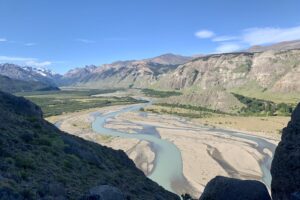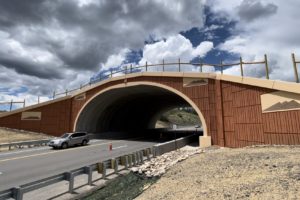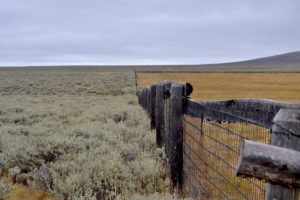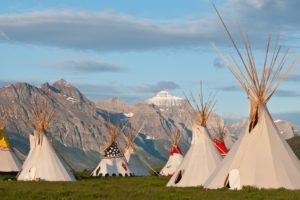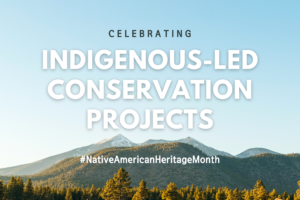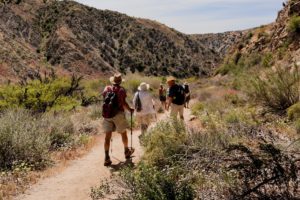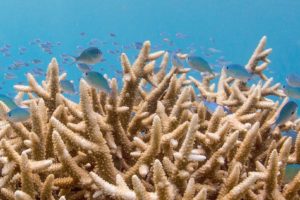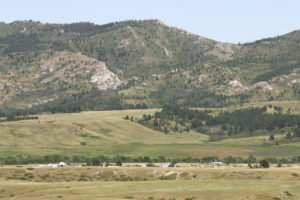What We’re Reading: A Roundup of Book Recs from Our Staff
Submerging ourselves in different perspectives ultimately enriches our work, and nothing facilitates that like delving into a good book. As the bears take to their dens for a long winter’s nap, we nestle into armchairs with blankets and a book in our lap. I was curious what my fellow staff members were reading once the workday ceases, so I asked them what’s atop their nightstands. Some are about facets of our natural world and others may be for those times when we need a break from thinking about environmental challenges.

